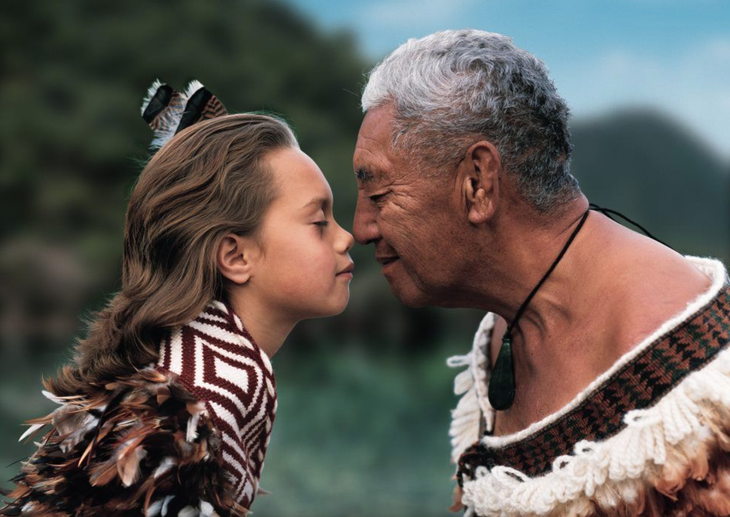
Hongi ceremony - Photo: CARMEN TEPUKE
Hongi is a traditional greeting ceremony of the Maori people, the first people to explore and live in New Zealand.
To perform hongi, two people standing face to face touch their noses and foreheads. They can shake hands afterward if they wish.
According to Maori belief, when people greet each other by touching noses, they share the breath of life with each other. They form a special bond that helps to erase cultural and geographical distances.
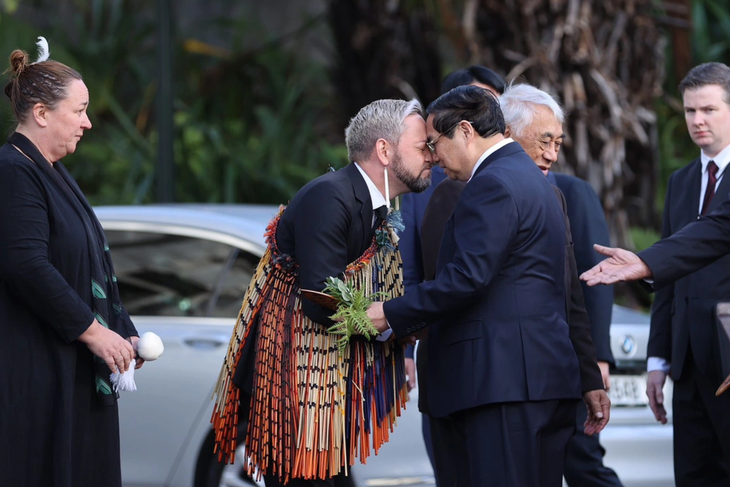
Prime Minister Pham Minh Chinh performs the hongi ceremony at the welcoming ceremony according to Maori traditional rituals - Photo: NHAT BAC
People who have never set foot on New Zealand soil, or “manuhiri” (guests), will become “tangata whenua” (islanders).
The hongi greeting is commonly used in traditional Māori meetings or at major ceremonies, such as the Powhiri. However, many Māori still use hongi in everyday life.
The origins of hongi date back to Maori folklore about the creation of mankind, where gods believed the world's first woman was created by molding her body from the earth and breathing life into her nostrils.
For the Powhiri, this is a Maori ceremony to welcome special guests. Powhiri includes many speeches, cultural and artistic performances and hongi.
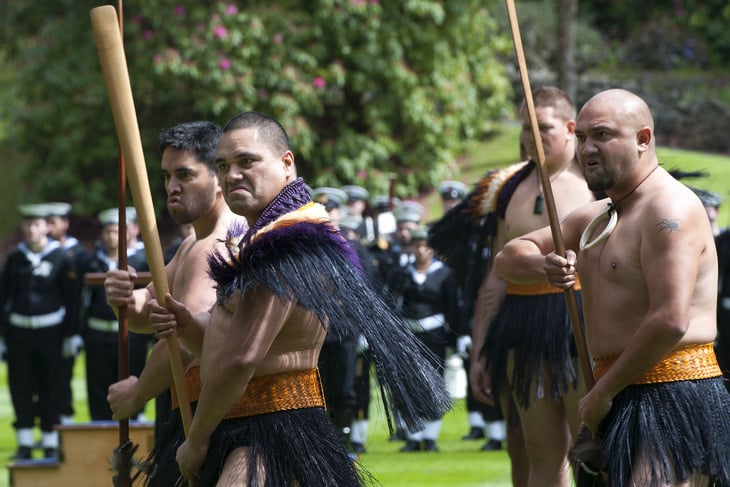
Maori warriors - Photo: US DEPARTMENT OF DEFENSE
At the beginning of the ceremony, one or more Maori warriors will cautiously approach the guests and demonstrate their power. The Maori warriors will shout loudly, grimace and make strong gestures to show that they are ready to use violence against the guests if they have bad intentions.
The Maori warrior then placed a wooden knife and a fern branch on the ground. The traveler was required to bend down and pick these two objects up.
Guests can then enjoy the “fiery” Haka dance or some other performance depending on the organizers’ arrangement.
The Powhiri welcome ceremony ends with the aforementioned hongi ceremony. An intimate gesture that bridges the gap between guests and locals.
Source


![[Photo] National Assembly Chairman Tran Thanh Man holds talks with Hungarian National Assembly Chairman Kover Laszlo](https://vphoto.vietnam.vn/thumb/1200x675/vietnam/resource/IMAGE/2025/10/20/1760952711347_ndo_br_bnd-1603-jpg.webp)
![[Photo] Prime Minister Pham Minh Chinh received Mr. Yamamoto Ichita, Governor of Gunma Province (Japan)](https://vphoto.vietnam.vn/thumb/1200x675/vietnam/resource/IMAGE/2025/10/21/1761032833411_dsc-8867-jpg.webp)
![[Photo] Prime Minister Pham Minh Chinh meets with Speaker of the Hungarian National Assembly Kover Laszlo](https://vphoto.vietnam.vn/thumb/1200x675/vietnam/resource/IMAGE/2025/10/20/1760970413415_dsc-8111-jpg.webp)
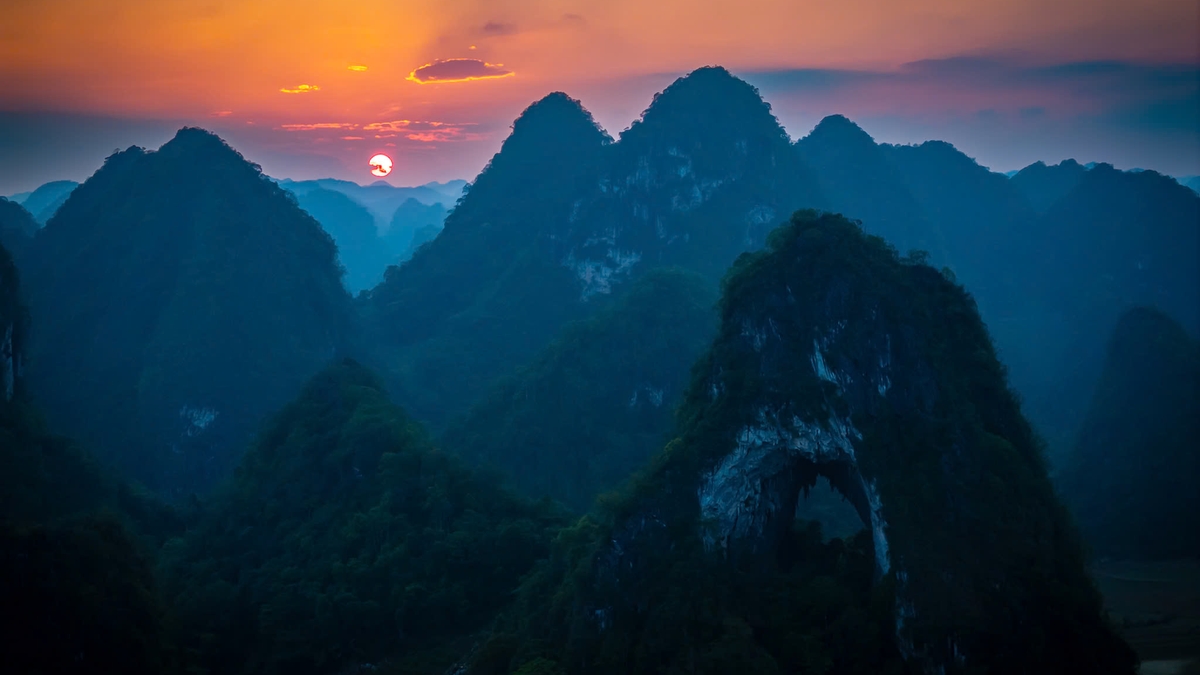

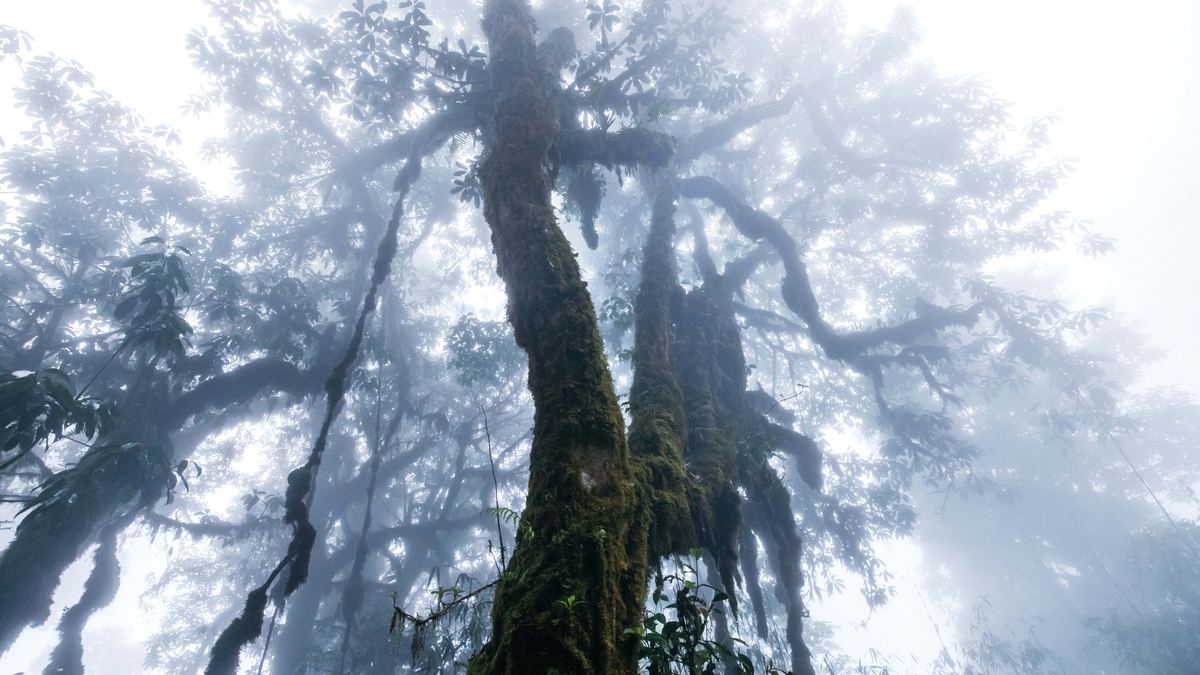


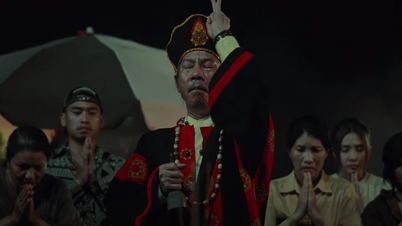





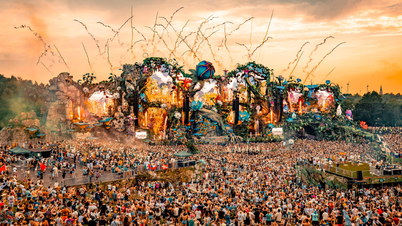

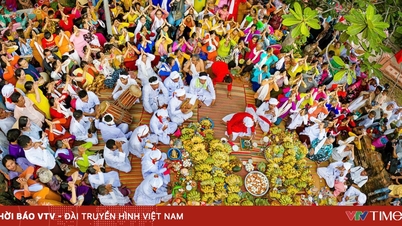

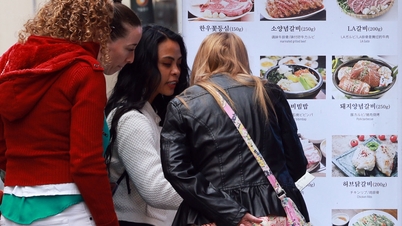
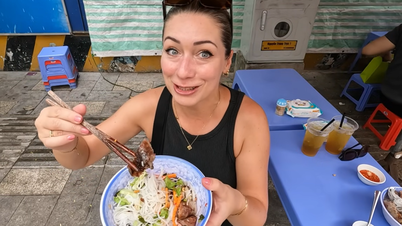

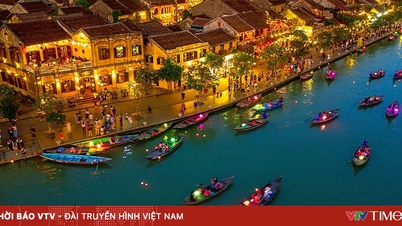
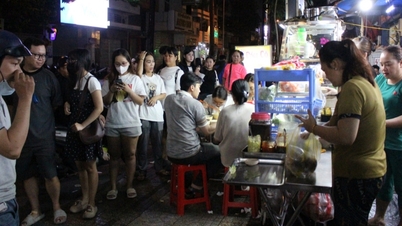








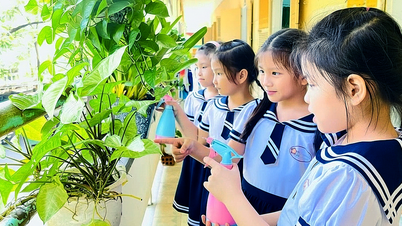

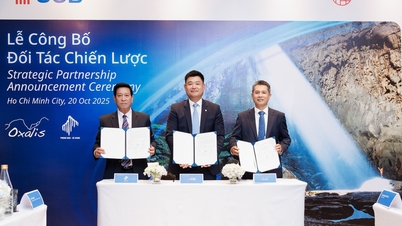



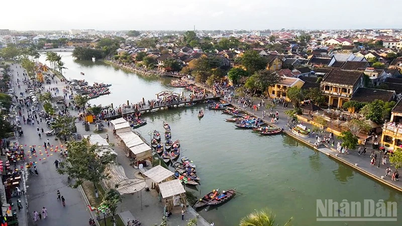

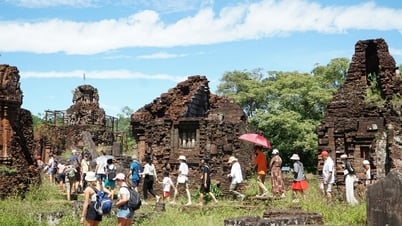

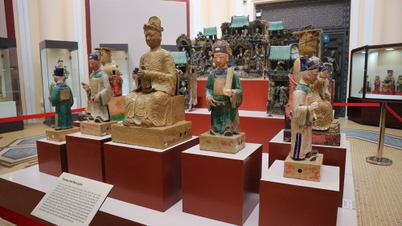
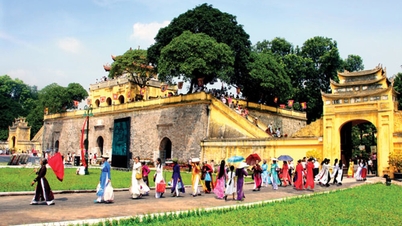

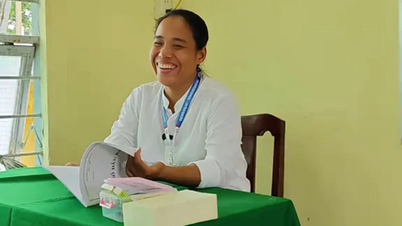


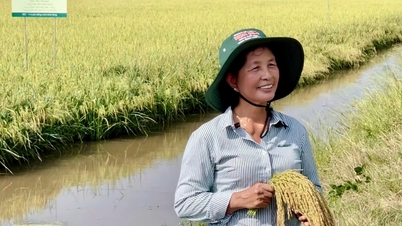

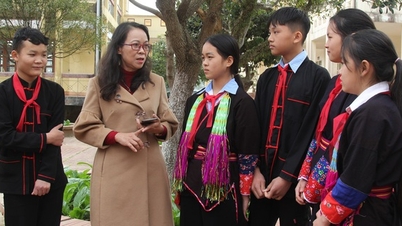

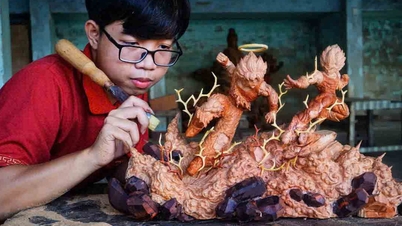
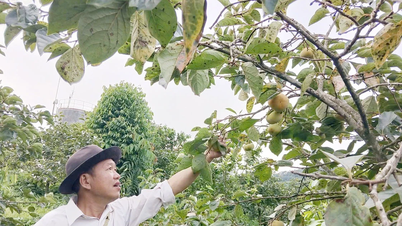


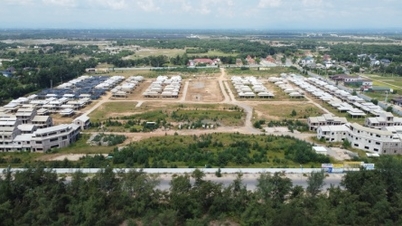

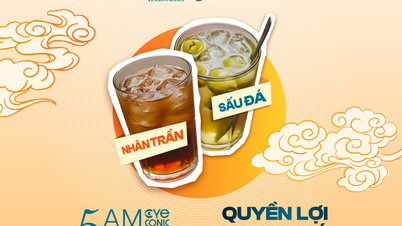








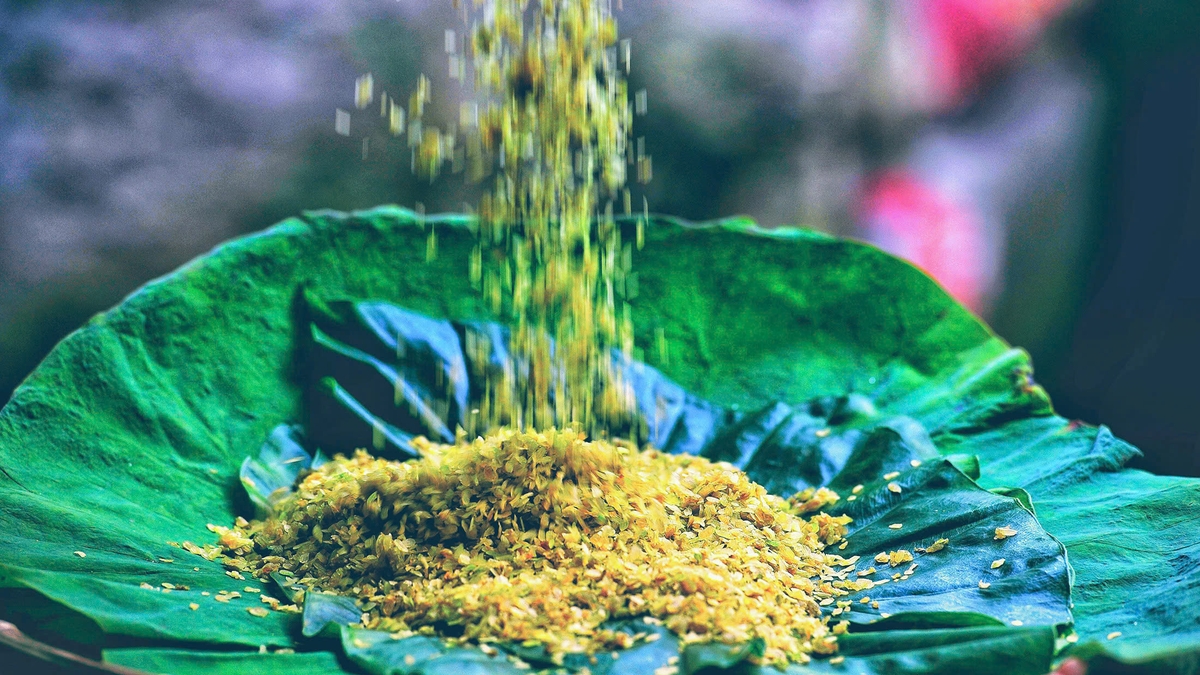
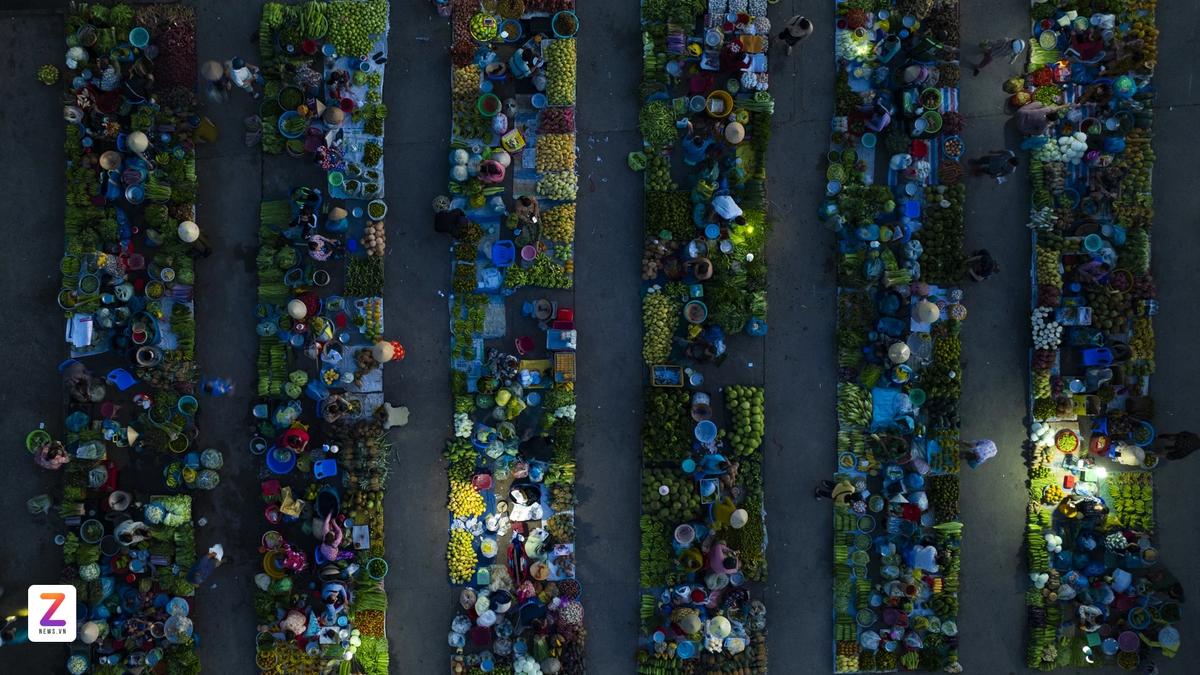

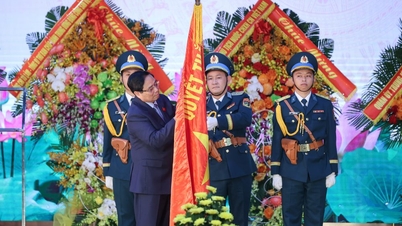

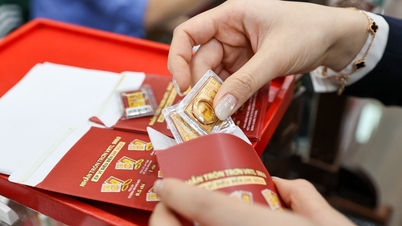



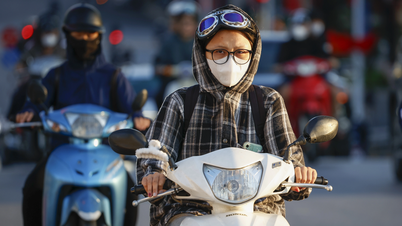
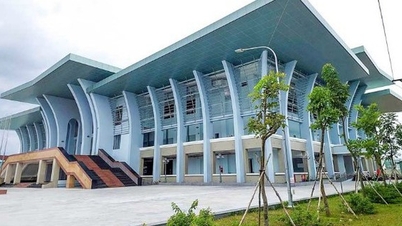

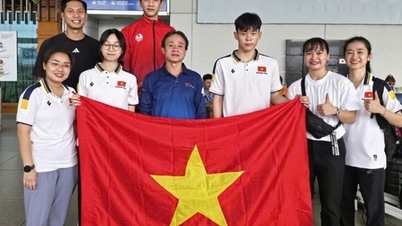
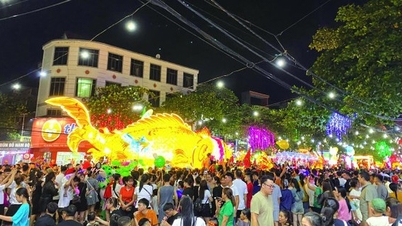



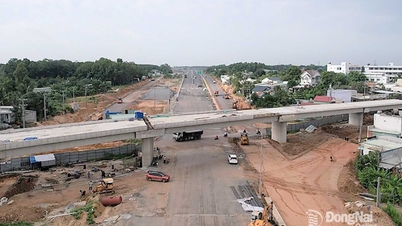



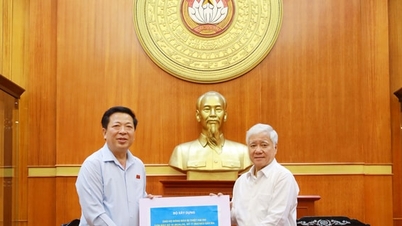
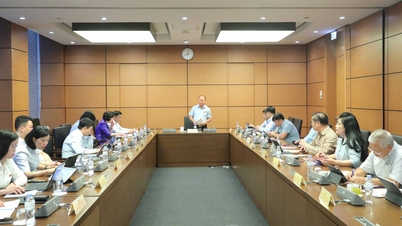


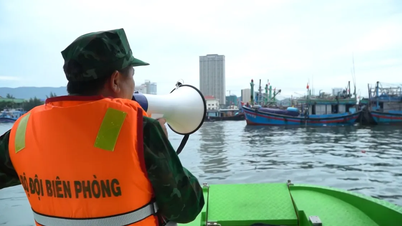






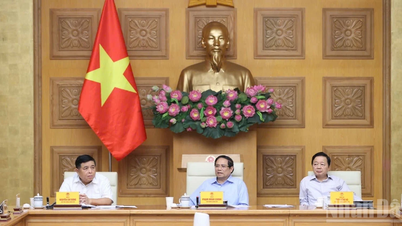
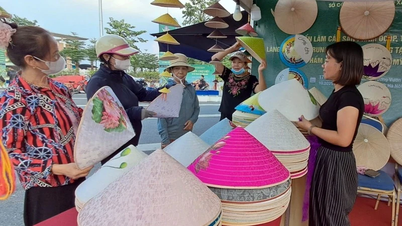
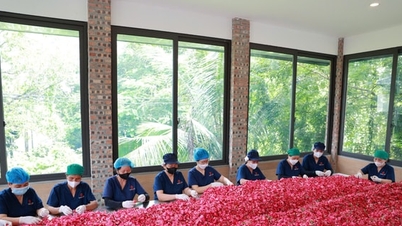





Comment (0)